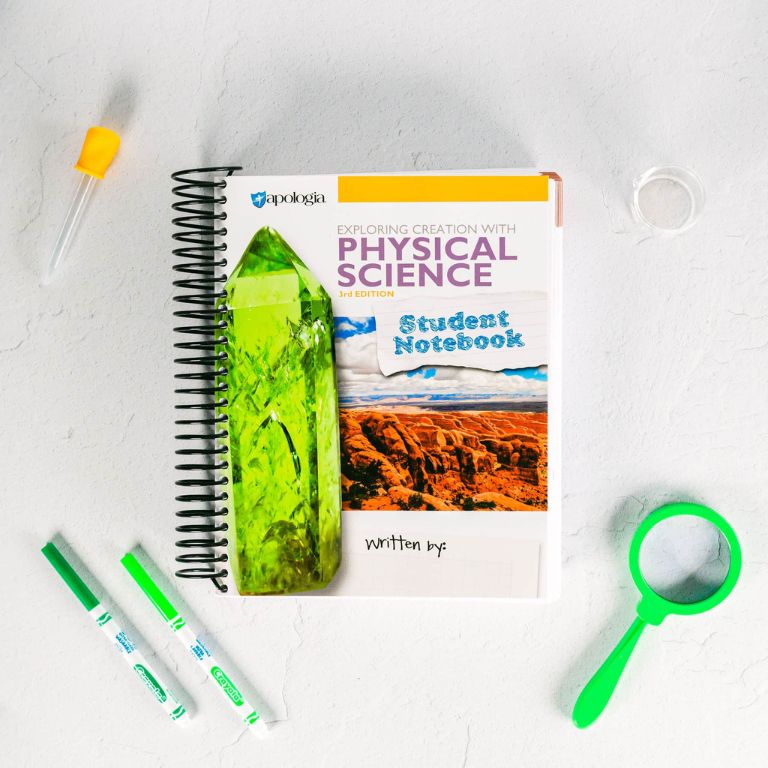Exploring Creation with Physical Science 3rd Edition Student Notebook
Exploring Creation with Physical Science 3rd Edition Student Notebook
Exploring Creation with Physical Science, 3rd Edition is designed to prepare your 8th or 9th grade student as they transition into high school Biology. This science course teaches atomic structure, the periodic table, chemical bonds, reactions, motion, forces, energy, waves, sound, light, electricity, magnetism, Earth’s structure, weathering, and atmosphere.
R995.00 R696.50
Out of stock
Description
Exploring Creation with Physical Science 3rd Edition Student Notebook
Exploring Creation with Physical Science, 3rd Edition is designed to prepare your 8th or 9th grade student as they transition into high school Biology. This science course teaches atomic structure, the periodic table, chemical bonds, reactions, motion, forces, energy, waves, sound, light, electricity, magnetism, Earth’s structure, weathering, and atmosphere.
The Exploring Creation with Physical Science, 3rd Edition, Student Notebook helps your student:
- become more independent in their study of science
- learn to be an effective note-taker
- develop the skills necessary to correctly create a lab report
- learn to write a science research paper
The Student Notebook Includes:
- Suggested Daily Schedule
- Breakdown of daily assignments detailing exactly what needs to be done each day
- Note taking pages with prompts to help teach the student how to identify and record important information from the text
- Space to answer the On Your Own questions that are listed in each module which serve as review and prep for the tests
- Space to record their results from hands-on activities
- Creation Connection pages where students record their intellectual, emotional, and spiritual reactions to what they are learning
Note-Taking Tips for Your Student
The Student Notebook provides space for your student to take notes. While notes should never be graded, Apologia encourages you to review your student’s notebook to make sure that the student is properly engaged.
Here are a few tips for writing quality notes that students will be introduced to in this notebook:
- Make sure to include the main ideas of each passage and list the minor concepts under the main ones.
- Use the author’s style to guide your notes. If the author defines a term, make sure you include that definition in your notebook.
- Compare and/or contrast two things using diagrams.
- Classify items referenced in the text.
- Write notes in your own words instead of copying text word for word. This helps you make your own connections and ideas.
- Lookup and define new, unknown words to help you build scientific vocabulary and better understand what you’re reading.

















